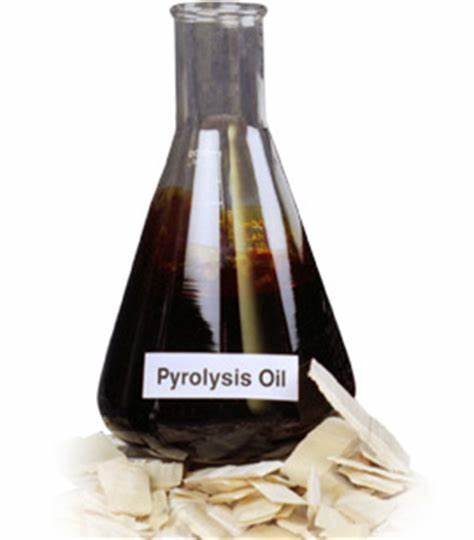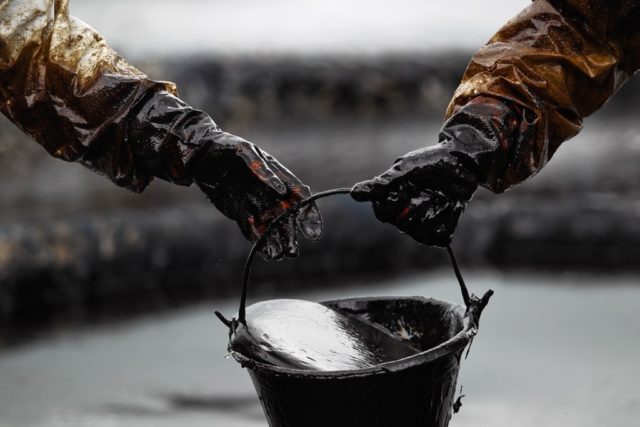Petroleum sludge, a byproduct of oil refineries and petroleum extraction processes, poses significant environmental challenges due to its hazardous nature. Traditional disposal methods like landfills or incineration can be environmentally harmful and unsustainable. Thermal desorption emerges as a promising technique for treating petroleum sludge, effectively removing contaminants while minimizing environmental impact. This comprehensive guide explores the principles, processes, benefits, and challenges associated with petroleum sludge treatment and disposal through thermal desorption equipment.

Understanding Petroleum Sludge:
Petroleum sludge comprises a mixture of hydrocarbons, water, solids, and various contaminants such as heavy metals and organic compounds. It forms during oil refining, drilling, transportation, and storage operations. The sludge’s composition varies depending on the source, but it commonly contains hazardous substances like benzene, toluene, ethylbenzene, and xylene (BTEX), polycyclic aromatic hydrocarbons (PAHs), and heavy metals like lead, mercury, and cadmium.
Challenges of Petroleum Sludge Management:
Managing petroleum sludge presents several challenges:
Environmental Impact: Improper disposal can lead to soil and groundwater contamination, harming ecosystems and human health.
Regulatory Compliance: Strict environmental regulations govern the handling and disposal of hazardous waste, including petroleum sludge.
Cost: Traditional disposal methods like incineration or landfilling can be expensive and may not effectively treat the sludge.
Resource Recovery: Petroleum sludge may contain valuable hydrocarbons that could be recovered for reuse, necessitating efficient treatment methods. Beston oil sludge pyrolysis plant is a good method for oil sludge recycling.

Thermal Desorption Process:
Thermal desorption is a remediation technique that involves heating contaminated material to volatilize and separate the contaminants from the substrate. The process typically consists of the following steps:
Feeding: Petroleum sludge is fed into a thermal desorption unit, where it undergoes heating in a controlled environment.
Heating: The sludge is heated to temperatures ranging from 200°C to 600°C, depending on the contaminants’ volatility and the desired treatment outcome.
Vaporization: Contaminants within the sludge volatilize under the heat, turning into vapors.
Separation: The vaporized contaminants are separated from the solid residue using techniques like vacuum distillation or condensation.
Treatment: The separated contaminants undergo further treatment to ensure complete removal or destruction.
Residue Handling: The treated solid residue, known as the “clean” fraction, is disposed of or reused depending on its composition and regulatory requirements.
Benefits of Thermal Desorption:
Thermal desorption offers several advantages for petroleum sludge treatment and disposal:
High Efficiency: The process effectively removes a wide range of contaminants, including volatile organic compounds (VOCs) and semi-volatile organic compounds (SVOCs)。
Resource Recovery: Recoverable hydrocarbons can be reclaimed from the sludge, providing potential economic benefits.
Environmental Protection: Thermal desorption minimizes environmental impact by reducing the volume of waste requiring disposal and preventing contamination of soil and groundwater.
Regulatory Compliance: The treated sludge meets stringent regulatory standards for hazardous waste disposal.
Versatility: Thermal desorption can treat various types of petroleum sludge, including drill cuttings, tank bottoms, and refinery waste.
Challenges and Limitations:
Despite its advantages, thermal desorption has some limitations:
Energy Consumption: The process requires significant energy input for heating, contributing to operational costs and environmental footprint.
Residue Disposal: The solid residue generated from thermal desorption may still require proper disposal, depending on its composition and residual contaminant levels.
Equipment Maintenance: A fully continuous pyrolysis plant requires regular maintenance to ensure optimal performance and prevent downtime.
Cost Considerations: Initial capital investment and operating costs associated with thermal desorption may be prohibitive for some facilities.
Case Studies:
Several case studies demonstrate the effectiveness of thermal desorption for petroleum sludge treatment:
ExxonMobil Thermal Desorption Plant: ExxonMobil implemented a thermal desorption plant at its refinery in Baton Rouge, Louisiana, to treat various waste streams, including petroleum sludge. The plant has successfully reduced waste volumes and minimized environmental impact.
PetroChina Yan’an Refinery: PetroChina’s Yan’an Refinery in China adopted thermal desorption technology to treat oily sludge, achieving significant reductions in waste volume and pollutant concentrations.
Shell Questa Petroleum Sludge Project: Shell implemented a thermal desorption project at its Questa site in New Mexico to remediate petroleum-contaminated soil and sludge. The project demonstrated the feasibility of using thermal desorption for site remediation.
Conclusion:
Thermal desorption represents a promising solution for treating and disposing of petroleum sludge effectively. By volatilizing and separating contaminants from the sludge, thermal desorption reduces environmental impact, ensures regulatory compliance, and may even allow for resource recovery. While the technique has some challenges and limitations, ongoing research and technological advancements continue to improve its efficiency and cost-effectiveness. With proper implementation and management, thermal desorption can play a crucial role in sustainable petroleum waste management practices.
